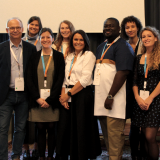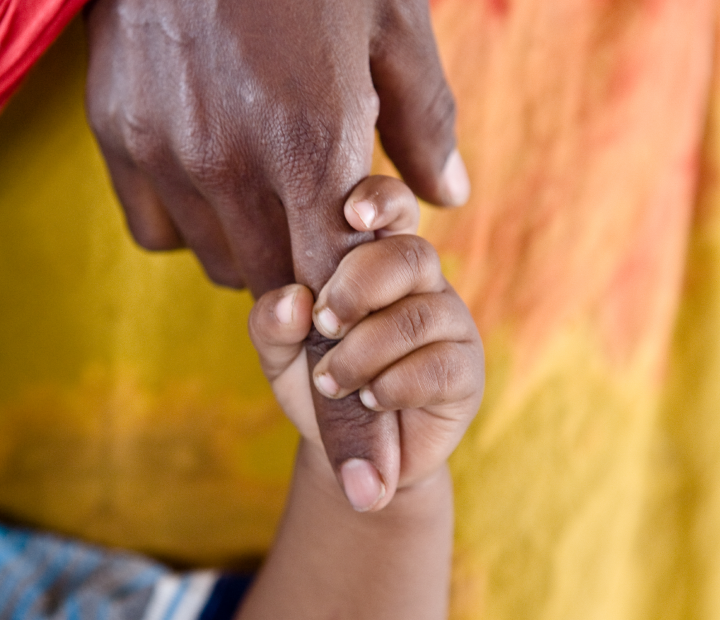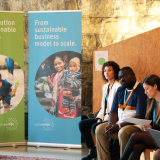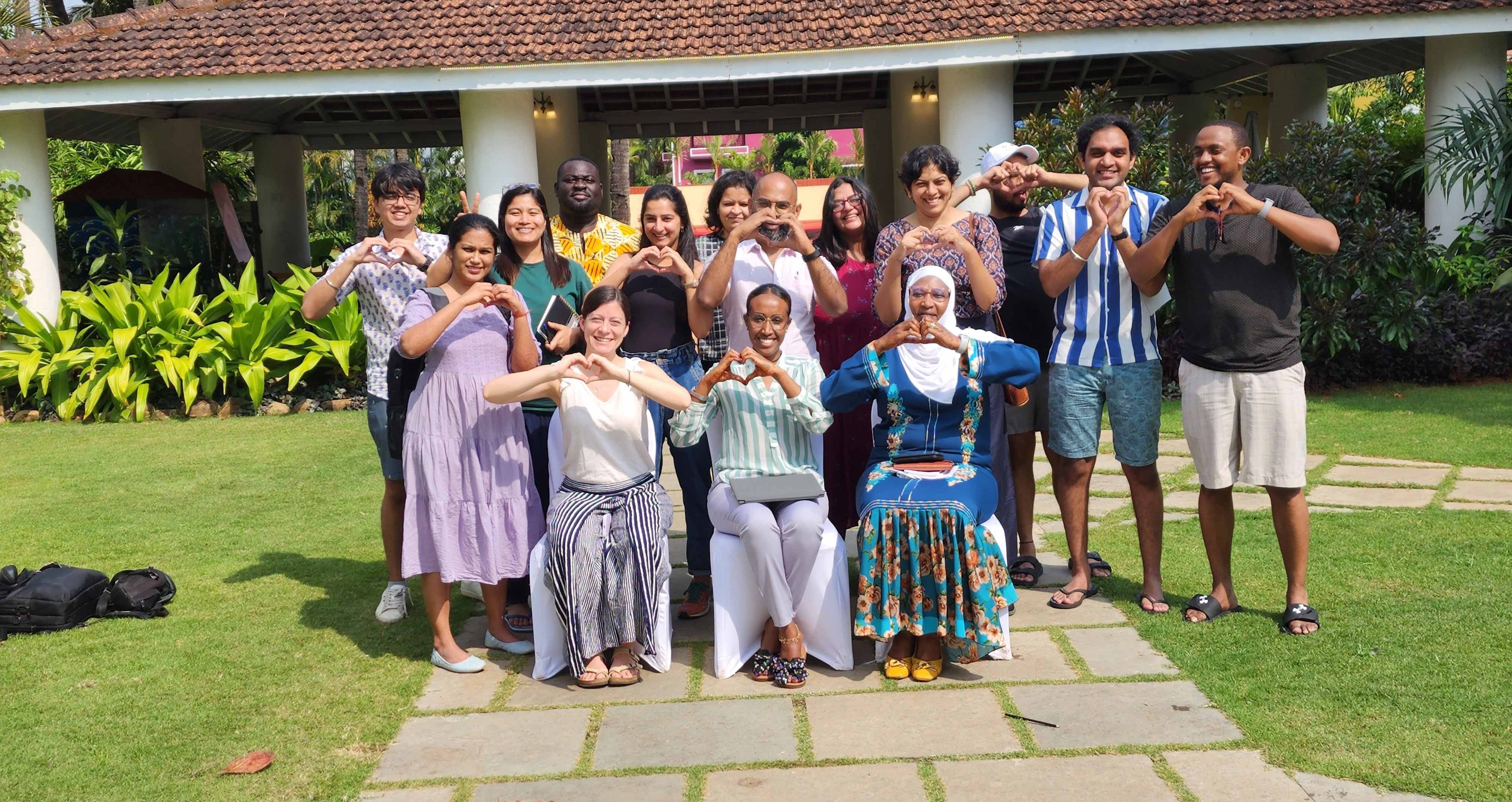
Since the early years, when Sight and Life was set up as a task force in the mid-1980s to combat blindness and child deaths caused by Vitamin A deficiency during the Ethiopian famine, it has repeatedly reinvented itself to remain impactful. The task force’s work was soon seen to have a relevance far beyond that particular disaster, and it continued as an expanded initiative first under the umbrella of Hoffmann-La Roche, and then of DSM. DSM is a very generous donor and gave us new opportunities to grow, but Sight and Life’s status today as an independent foundation allows it to interact with a much wider range of potential allies and collaborators.
We take pride in being a responsive and adaptable organization. Sight and Life was founded on the basis of a deep scientific understanding of the importance of micronutrients and has always had a clear strategic vision. That vision has evolved over the course of the years to recognize important developments such as our contemporary understanding of sustainable social business solutions for malnutrition in LMICs and local solutions for local problems in rectifying the issues of global food systems.
We’ve always had excellent think tank and some piloting capabilities when it comes to understanding problems and mapping out responses to them. Since around 2019, we started implementing some of these concepts ourselves, taking steps to deliver more impact where it’s needed directly on the ground. We work with local entrepreneurs and partners, and work to scale these solutions across LMICs with strategic partnerships with established players.
Our evidence-based programs can be scaled up to deliver measurable improvements, addressing malnutrition and its consequences, helping people to live healthier and better lives.


Christoph Goppelsroeder
Chair of the Board, Sight and Life
“In a world which is failing, success can only be made possible by local entrepreneurship and helping people to help themselves. I want to see Sight & Life play a catalytic role in the global battle against the malnutrition crisis we face today.”

Christoph Goppelsroeder
Chair of the Board, Sight and Life
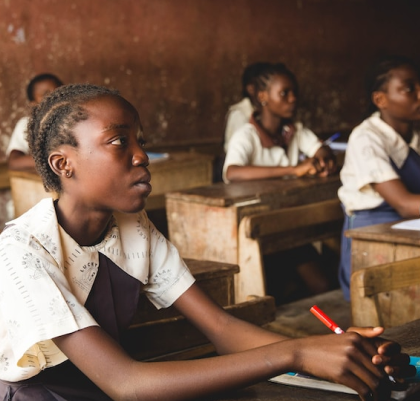
Our mission
Delivering science-based solutions to close the nutrition gap and break the intergenerational cycle of hunger and poverty in low- and middle-income countries.
Discover more
Our team
Meet the people behind our mission to bring better nutrition to all
Our partners
Know more about our allies in the battle against malnutrition
Our strategy
Learn about our 3-stage plan to deliver direct impact on the ground
DEI policy
Examine how we build DEI values into the fabric of Sight and Life
